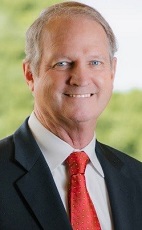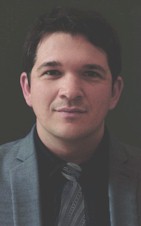

Do you know at what point your hotel is neither making money nor losing it? Do you know what fixed and variable costs are in relation to total sales, room revenue, restaurant seats sold, rooms sold and occupancy? If you answered no to any of these questions, you need to understand how break-even analysis can aid in determining your hotel's short and long-term financial profitability. . This article will provide a definition of fixed and variable costs so as to aid in the calculation of a hotel's break-even point. READ MORE












